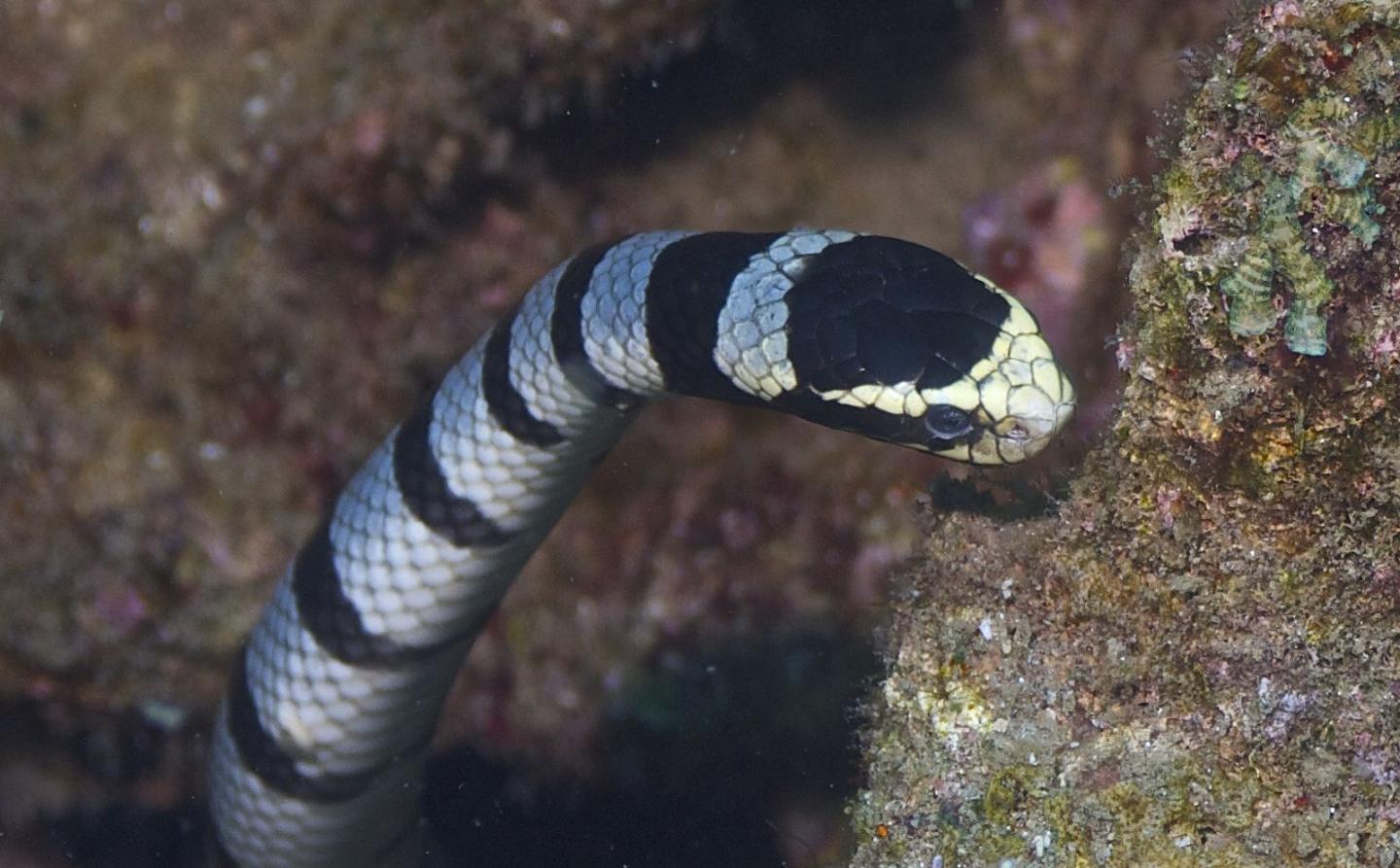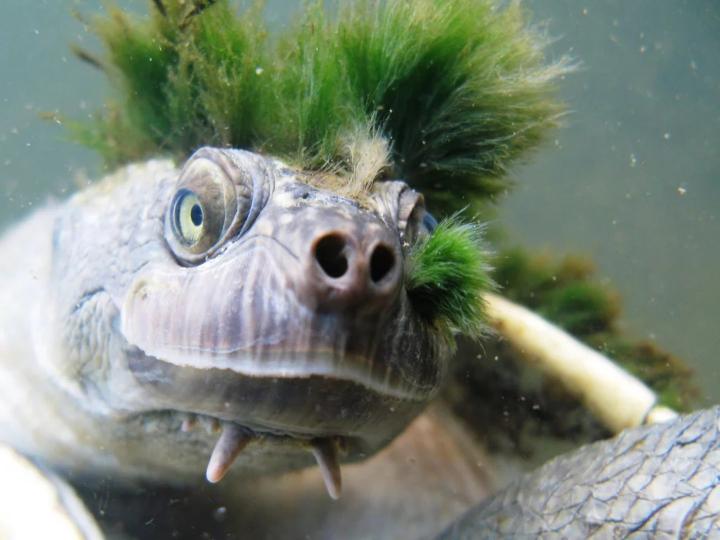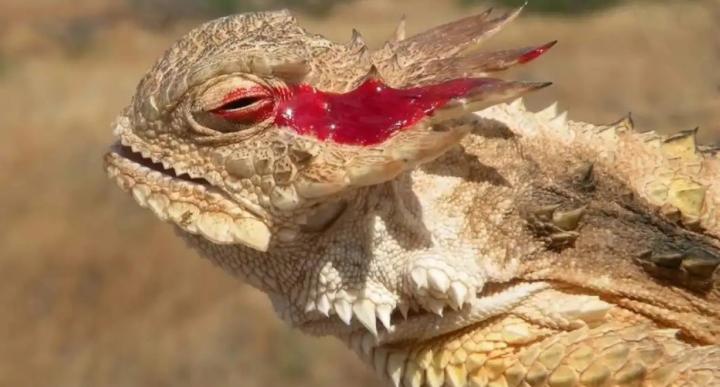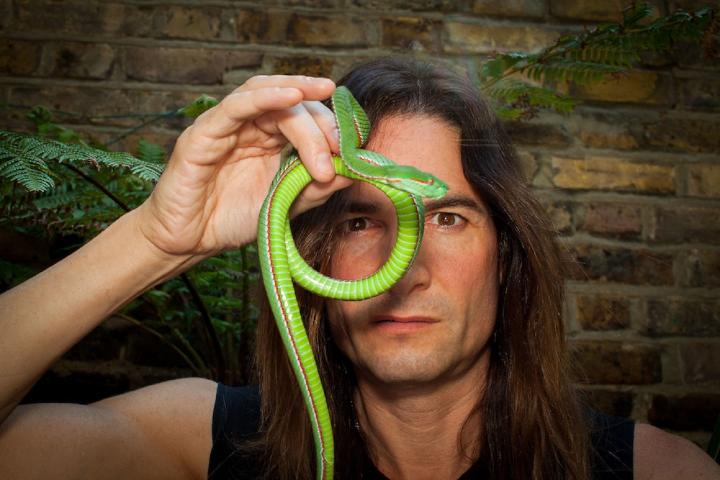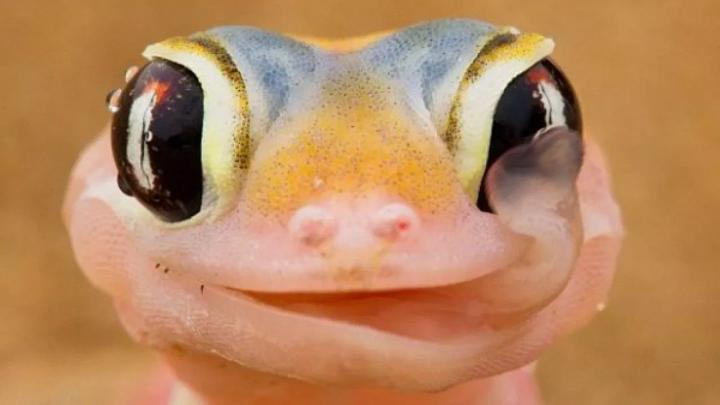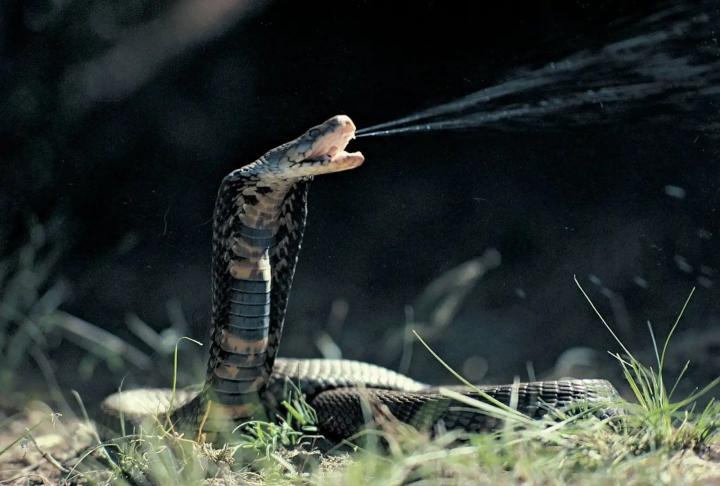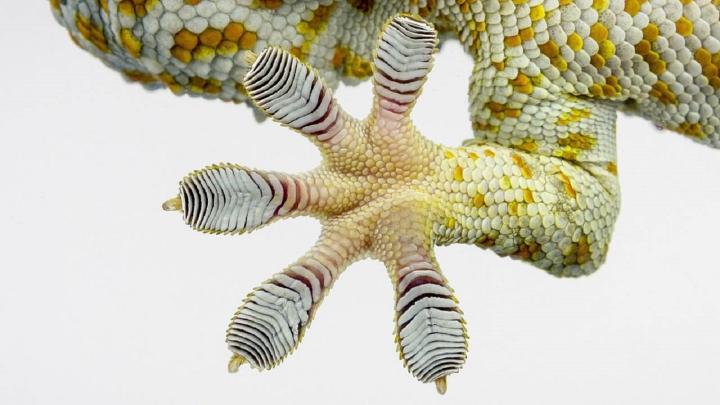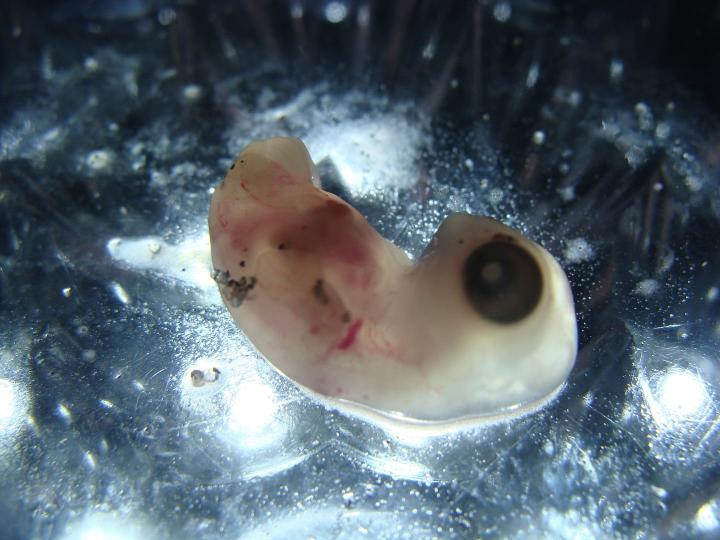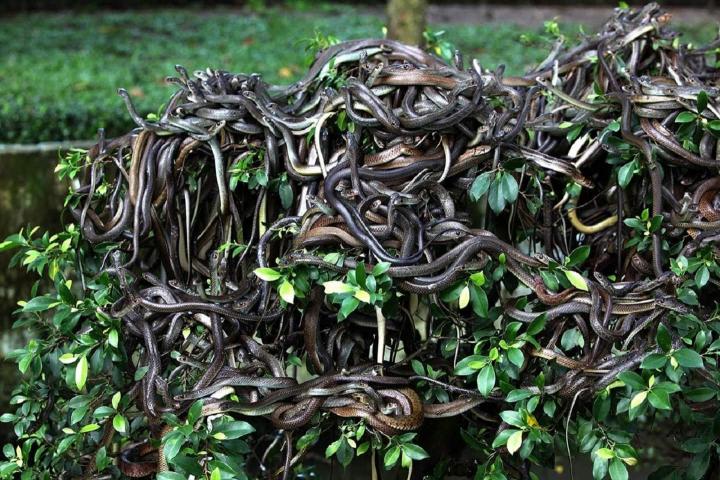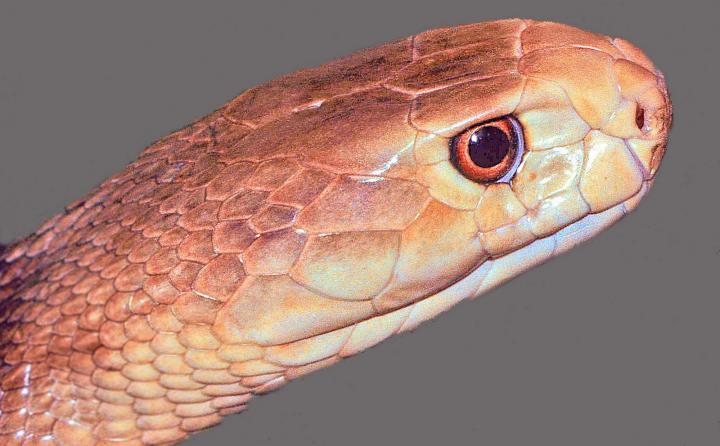The most venemous snake in the world is the Belcher sea snake, specie that belongs to Elapidae's family. Its scientific name is Hydrophis Belcheri.
The Belcher sea snake is the most poisonous sea specie since its venom is 100 times more deadly than the most poisonous terrestrial species. Still, it is not dangerous for humans as they hardly bite and when it does, it doesn’t release all their venom. This means that only one quarter of all bitten humans will be poisoned. However, with just a few milligrams of this toxin, it would be enough to kill over 100 men.
Sea snakes do not just use poison to kill or immobilize preys, but also as a defense mechanism. The venom that the Belcher sea snake injects through its fangs is modified saliva. By the time the snake is ready to attack, their teeth straight up and while opening their mouth, the glands are oppressed and poison comes out. Once bitten, the venom is injected.
The snakebite has no symptoms in the early stages. Firstly, the poisoned person only feels a kind of prick. Nonetheless, if the correct antidote is not applied when it has to, after a period of time that might be as short as 20 minutes or as long as 8 hours, they start to notice the common symptoms of poisoning: Muscle pain and weakness, tongue swelling, convulsions ... until death.
These snakes descended from land snakes of Australia and evolved to aquatic reptiles. The only difference between land snakes and sea snakes are small adaptations to the marine environment, as the end of its tail, which is more like the rest of fish. Because of the fact that they are cold-blooded animals and need warm water and sun to maintain their body heat, they don’t descend beyond 100 m underwater.
Its size is usually between half a meter and one meter and a half, although there are some species that reach 3 m. They can stay under water between 7 and 8 hours, but then they have to come to the surface to breathe. They feed on fish and shellfish found within their habitat, which is the Southeastern Asia and Oceania. You cannot find these snakes in the Atlantic, as they need to live in warm and tropical seas.
Sources:
